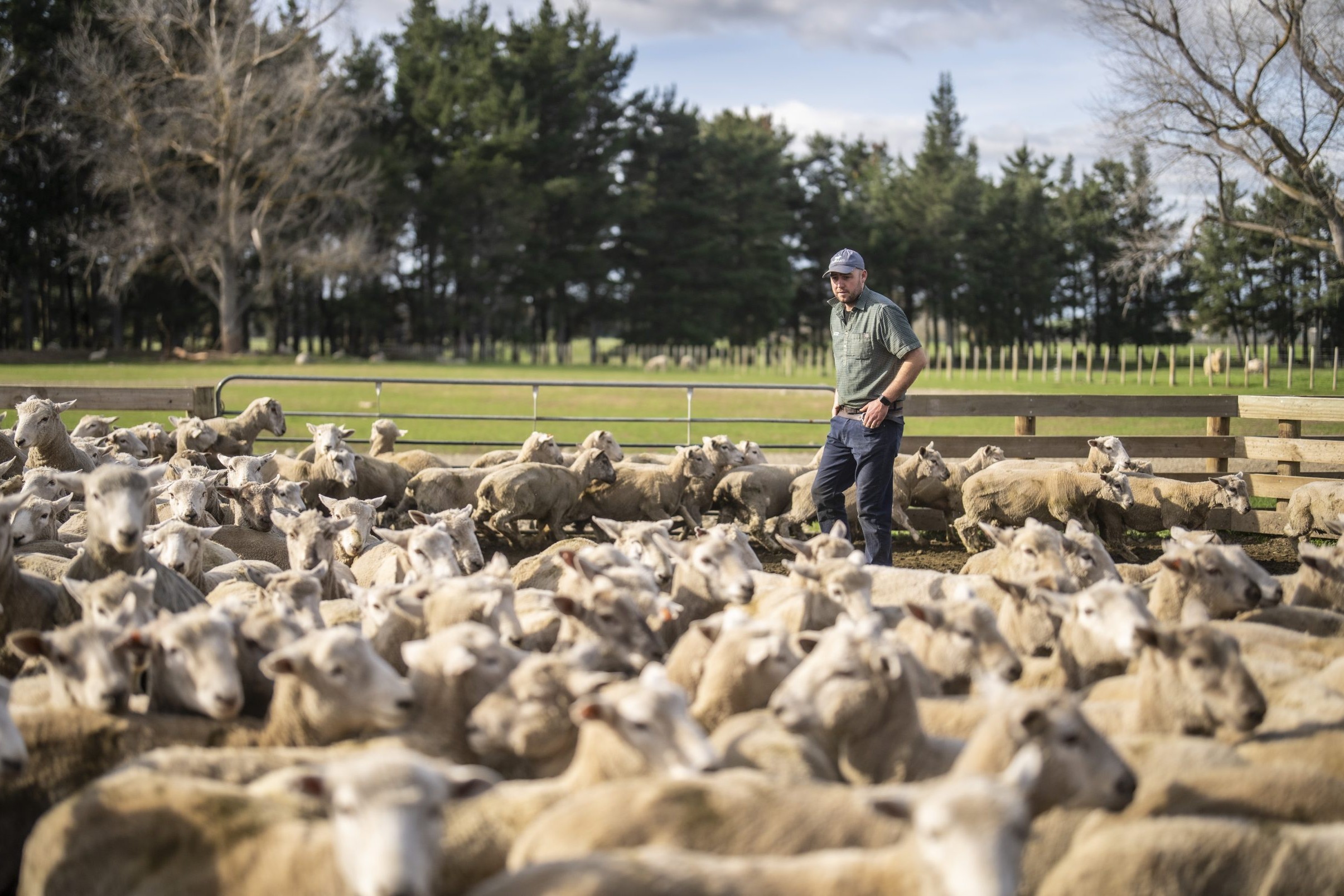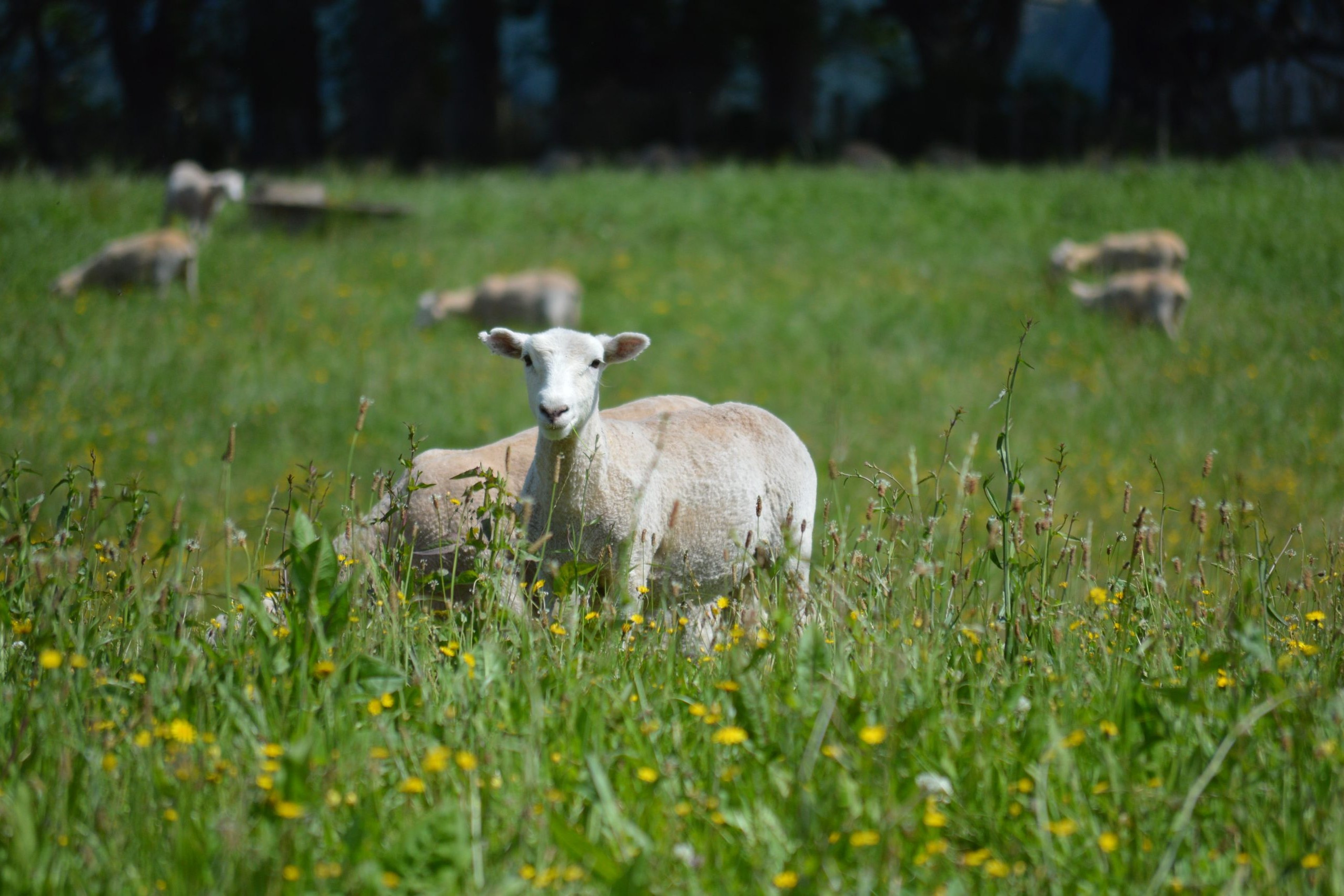Farmers regularly have to make compromises with stock if they are to be profitable, veterinarian Trevor Cook writes.
There is a well-defined management package for getting the most from a beef cow just as there is for ewes. I shared a speaking platform last winter at which a scientist described the energy demands of a twinning ewe and how it needed to be fed to meet those demands if the maximum performance was to be achieved.
I began my presentation later in the day by referring to that ideal feeding package and that I was going to speak about how to make money from a breeding flock. It was not well received by the earlier speaker but the reality is that if any farmer fed their cows or ewes ideally they would probably not be that profitable.
For breeding stock that interaction between per head performance and per hectare profit is obvious. To feed ideally would require dropping stocking rate. The increased performance usually needs to be huge to make up for the stocking rate shortfall.
Compromise is one of the keys to successful farming.
While a cow losing some condition over winter is a good thing, the outcome still needs to be for a cow to calve in reasonable condition. The cow needs to take good condition into the winter.
Every farmer must compromise, but just where that is and how much determines the level of cost to that compromise. Wintering cows and ewes is where so much compromise happens. The limit for ewes is that so many of them carry more than one lamb in them through the winter. While they can be pushed there is a real limit to how much. Production is so easily lost as well as the risk of ewe loss.
But breeding cows is where I see so much compromise with relatively little cost. The old adage that a fat breeding cow is an unprofitable one seems to have an element of truth to it.
While a cow losing some condition over winter is a good thing, the outcome still needs to be for a cow to calve in reasonable condition. The cow needs to take good condition into the winter.
When it is very dry, feed is short and cows are not weaned, or there is a lot of rubbish pasture to clean up before the winter and the cows are not weaned, cows can very easily end up light, which theoretically limits how much more condition can be lost.
Often I see even more condition being taken off yet the production outcome is not too bad. There will be a cost in calf survival and colostrum and milk production, but the key KPI of number of calves weaned per cows wintered seems to be within normal ranges. The management at calving probably saves some of the potential cost in that there is feed to calve on to and calving has some degree of supervision.
The other area of compromise is when cows are calved among ewes. This must have the potential to go so wrong, yet it is a very common way to manage cows in spring. The calving date relative to the lambing date, the stocking rate, the ratio of ewes to cows, the expected pasture growth rate and maybe the pasture cover at set stocking all impact on how well the cow is fed.
All those variables can be managed other than the actual pasture growth rate, which maybe is the most important. Yet on so many farms it is a set recipe of timing and number of cows regardless of what the spring has delivered. I am often amazed at how well such a calving management works. There is no question that most production KPIs will be compromised.
But what is very difficult to quantify is the impact on the whole farm system by working cows beyond the ideal, keeping spring pasture covers under control, not having to save calving feed, having very “clean” pastures going into the spring or minimising spring labour demands.
So many high-performing sheep breeding systems depend on a cow working class to help manage pastures that support that sheep performance. Just as valuing a cow based on the return on the drymatter consumed is not a valid way to value a cow, calf weaning weight is equally not a valid measure of cow performance, or more importantly cow profitability. Weaning date must be one of the important variables in cow management which of course influences the weaning weight. The work that the cow has had to do should be taken into account when interpreting weaning weight.
This illustrates how difficult it is to work out profitability when we just use per head KPIs. Even for cattle finishing systems it is the weight gain per hectare that drives profit. Yet crowing that bulls grew at 2.5kg/day is far more impressive. Not bad for one bull per hectare is my usual response.




